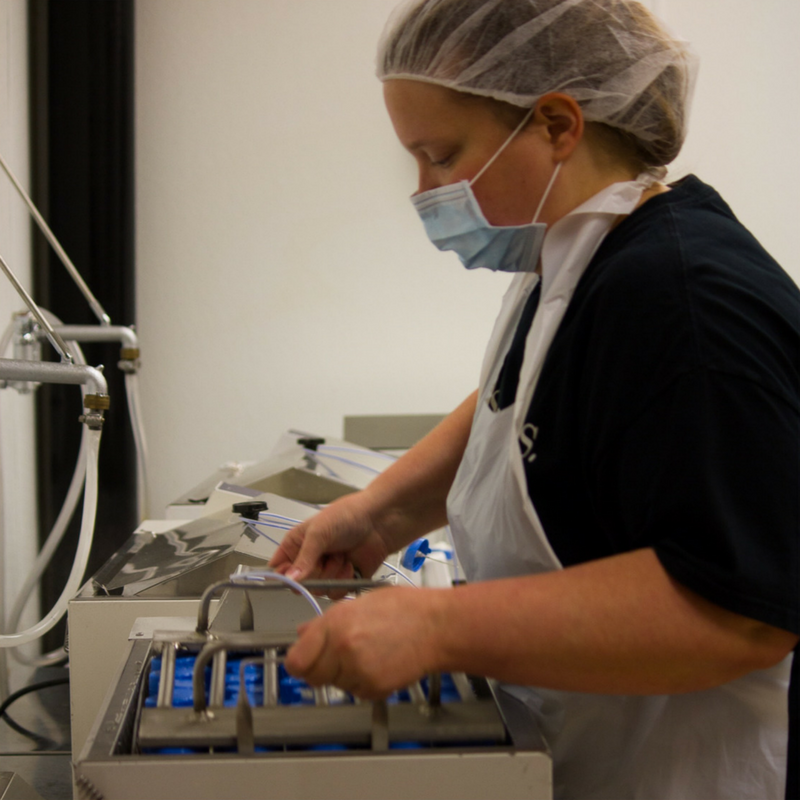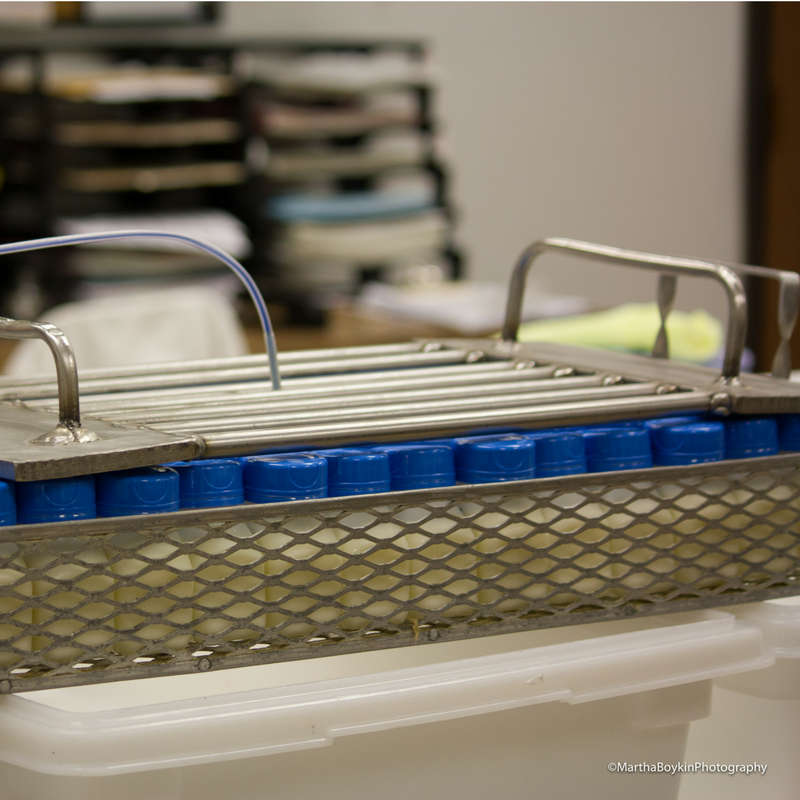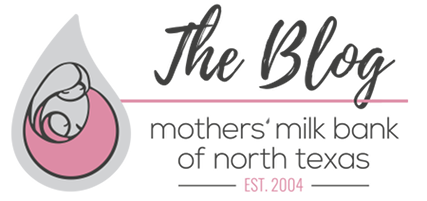Answering Your Questions, Part II: Why We Pasteurize
Monday, 10/24/2016
Last week’s blog, “Breastmilk & Bacteria”, was the first post in a reposted three-part series that addresses frequently-asked questions in milk banking. Today’s post explains the pasteurization method used at MMBNT, and why it is an important step in the process.
Pasteurization ensures safety for sick babies.
Our pasteurization, called the Holder method, is very different from traditional pasteurization in the dairy industry. Used for decades in milk banking, Holder pasteurization gently preserves 60 to 100 percent of the immunological properties that protect preemies from deadly infections and complications in the NICU. The macronutrients remain unchanged.
Current scientific research shows that gentle pasteurization yields safe donor milk for the tiniest babies while maintaining immune protection. Donor milk remains frozen and has a short expiration date to ensure babies receive as many immunological benefits as possible.
Mothers’ Milk Bank of North Texas is a member of the Human Milk Banking Association of North America (HMBANA), which governs non-profit milk banking practices in the United States and Canada. For more information about processing guidelines, see HMBANA’s website by clicking here.
While every baby can benefit from human milk, it is important to appropriate donor milk where it can do the most good for the most babies. At Mothers’ Milk Bank of North Texas, we are so very grateful to the donor mothers willing to share their milk with these precious babies that have so much to lose without it.
For more information about Mothers’ Milk Bank of North Texas, click here.


